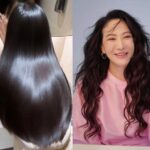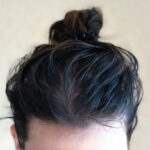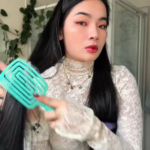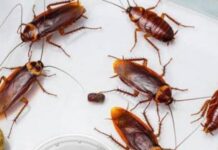Renowned Korean dermatologist, Dr. Hwang Sung-soo, once shared his hair care routine on a television program, emphasizing that the key to preventing hair loss is maintaining a clean scalp and hair. Despite his thick, black, and voluminous hair, Dr. Hwang revealed that his family has a history of hair loss. Around the age of 20, he started experiencing hair loss himself.
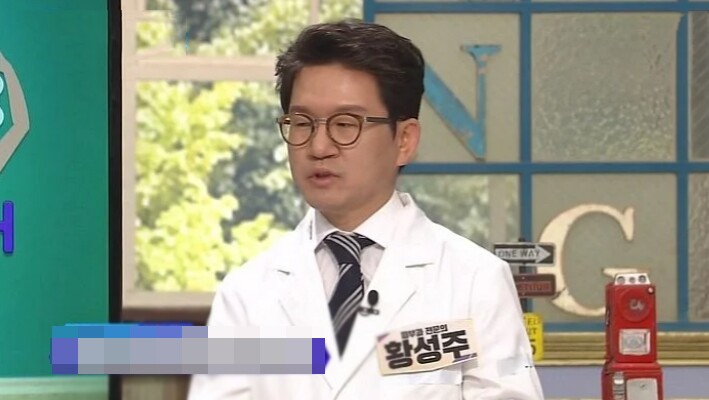
Meet Dr. Hwang Sung-soo, the Korean dermatologist.
Subsequently, the doctor discovered a hair washing method that helped his hair become thick and healthy again. He also shared his usual hair washing routine, dubbed the “2.2.2 method,” which aims to promote a healthy scalp and create an optimal environment for hair growth.
What is the “2.2.2 Method”?
Step 1: Add water to your shampoo and rub it between your palms until it lathers. Apply the foam evenly to your scalp and leave it on for at least two minutes.
Step 2: Rinse your scalp and hair with warm water for about two minutes, ensuring that all the foam and dirt are washed away.
Step 3: Gently squeeze out excess water from your hair, and then use a towel to blot your hair and scalp for about two minutes. Avoid pulling or twisting your hair to remove the water.
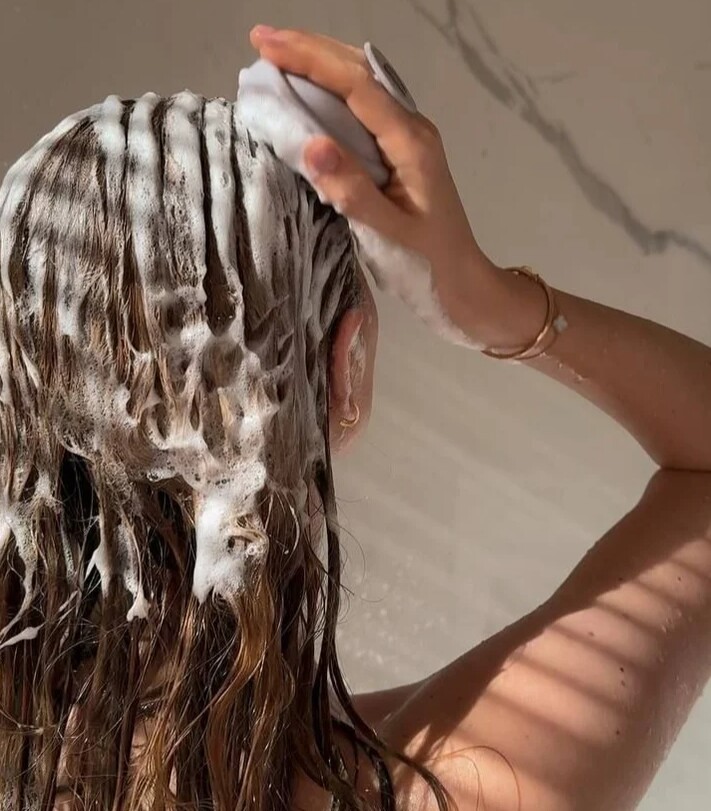
The 2.2.2 method involves 2 minutes of shampoo application, 2 minutes of rinsing, and 2 minutes of towel drying.
Common Hair Washing Mistakes
To achieve a healthier scalp and hair, it’s essential to follow the “2.2.2 method” and avoid these three common hair washing mistakes in your daily routine.
– Applying shampoo directly to the scalp: Many people forget to add water and rub the shampoo until it lathers before applying it directly to their hair.
– Washing hair with hot water: While a hot shower during winter is comforting, extremely high water temperatures accelerate scalp aging and can cause scalp irritation. It’s best to use warm water, which is sufficient to dissolve accumulated dirt, open up the hair cuticles, and allow shampoo to penetrate and work effectively.
– Scratching the scalp with fingernails: Many girls unconsciously use their fingernails to scratch their scalp while washing their hair, thinking it will remove oil and dirt. However, this practice is detrimental as it can easily scratch your sensitive scalp. Instead, use the pads of your fingers to clean and massage your scalp during hair washing.
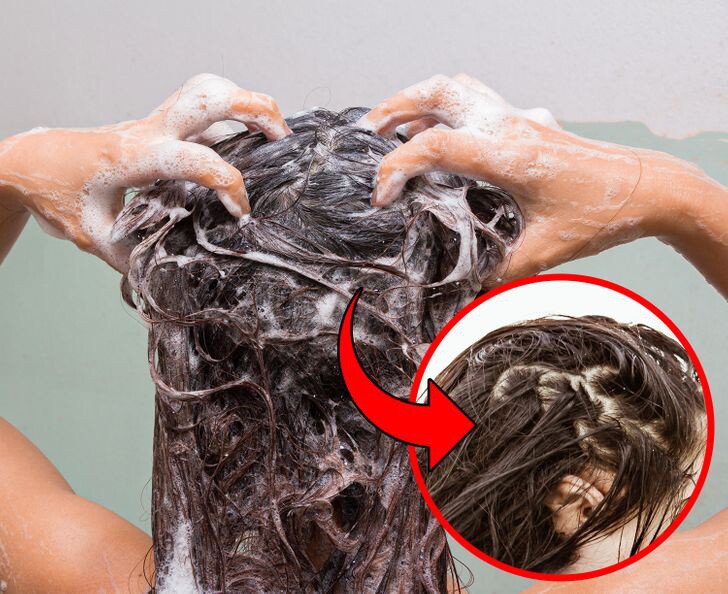
Using your nails to scratch your scalp is a harmful habit that many people fall into.
In addition to avoiding the above mistakes, it’s crucial to blow-dry your hair after washing. Many people skip this step out of laziness, but it’s essential for scalp health. High temperatures and humidity create an ideal environment for bacterial growth, which is a primary cause of scalp odor. Remember to blow-dry your hair as soon as possible after washing to keep your scalp dry and healthy. Hold the blow dryer about 10 to 15 cm away from your roots. Avoid using hot air, and adjust the temperature to a suitable level to prevent cuticle damage.
When your scalp and hair are about 70% to 80% dry, you can switch to the cold air setting to seal the hair cuticles.
After blow-drying, apply a small amount of hair care product to complete your styling and allow the nourishing ingredients to moisturize your hair.
How Often Should You Wash Your Hair?
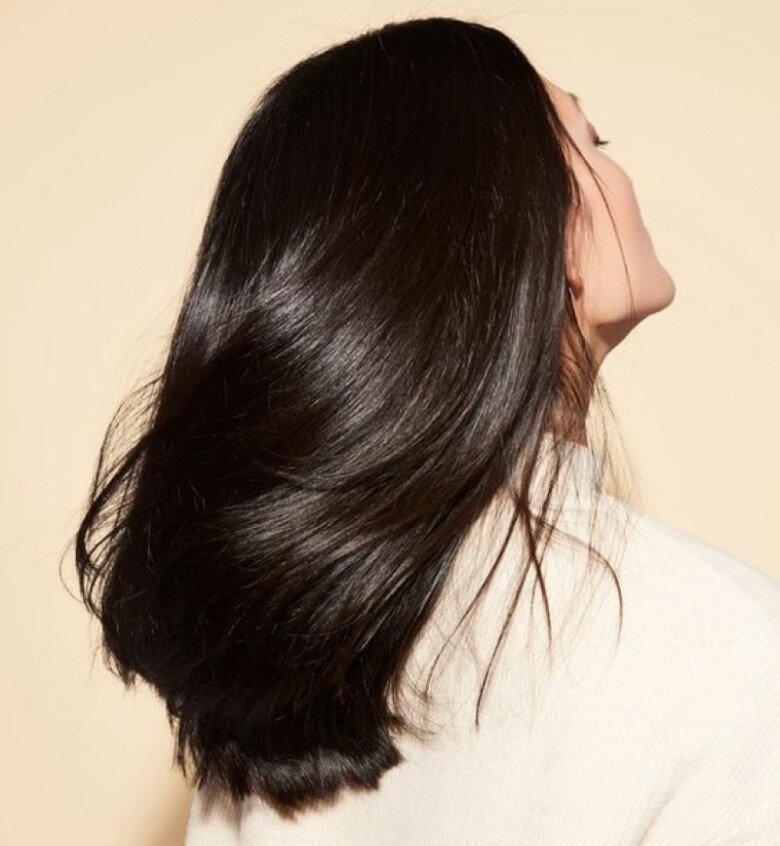
There are varying opinions on how often one should wash their hair. Some suggest avoiding frequent washing, while others recommend daily washing. In reality, the best way to determine your hair washing frequency is by assessing your scalp’s oiliness.
– Dry scalp: Wash hair every 2-3 days
– Normal scalp: Wash hair every 1-2 days
– Oily scalp: Wash hair daily
Whether or not you should wash your hair twice each time depends on your scalp’s oiliness and the amount of dirt accumulated during the day. There’s no need to wash your hair twice every time.
“The Ultimate Guide to Choosing a Hairbrush to Reduce Hair Fall”
Introducing Happi Pham’s Ultimate Guide to Choosing the Right Comb: Unveiling the Secrets to Healthy Scalp and Reduced Hair Fall. With a wealth of experience testing 50 products, Happi Pham distills the essence of comb selection down to two crucial factors. Learn how to make informed choices to transform your hair care routine and achieve remarkable results.
“The Secret to ‘Little Dragon Girl’ Carrying This Hair Care Routine for 3 Decades for Luscious, Dark Tresses”
“Black foods” – a colorful cuisine category – boasts an array of nutritional benefits, especially for hair health. Take, for instance, the humble black bean, the enigmatic black sesame seed, and the exotic silkworm thorn; these dark delights are a treasure trove of nutrients essential for luscious locks.

























